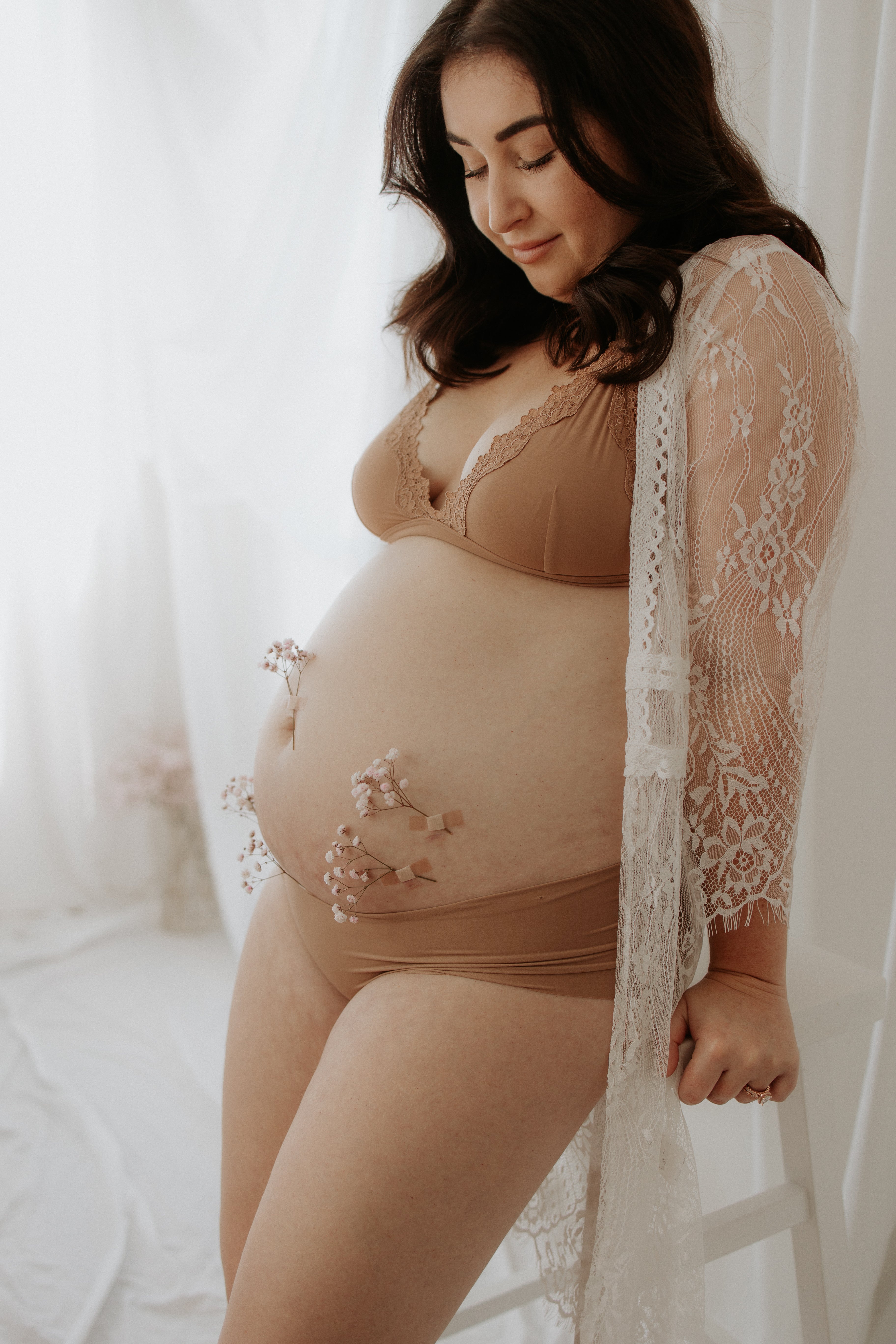Why the passion for Endometriosis awareness?

Being personally affected by Endometriosis and having a young daughter of our own has been the main driver not only behind our business but the driver in raising awareness for this disease. When Krystal began her journey there was no information, little to no treatment options and it was a horrible few years trying to find someone to pronounce the name, let alone know the disease inside and out!
So what is this chronic inflammatory disease that is effecting so many people all over the world? (Endometriosis, commonly known as Endo for short).
Endometriosis is when body tissue (similar to the lining of the uterus) grows in other parts of the body. 1 in 7 women/people assigned female at birth (AFAB) in Australia suffer from Endometriosis. It is commonly found in the pelvic region but can grow in any part of the body.
There is NO known cure for this horrible disease and symptoms will vary for each person, the stage of Endometriosis does not define the severity of ones pain/symptoms.
Endometriosis can cause chronic pain, especially during menstrual periods however IS NOT a period disease.

Here are some of the common symptoms of Endometriosis:
Pelvic pain: Chronic pelvic pain, often associated with the menstrual cycle, is the most common symptom. This pain can occur before, during or after menstruation. The pain is often described by sufferers as feeling like they are being stabbed, a throbbing sensation or burning from the inside. It can even be so severe that it impacts daily life, affecting work, relationships, and mental well-being.
Dysmenorrhea (painful periods): Severe menstrual cramps that may begin before and extend several days into the menstrual period.
Heavy menstrual bleeding (Menorrhagia): Excessive bleeding during periods, sometimes including large blood clots.
Irregular periods: Spotting or bleeding between periods.
Pain during intercourse: Pain during or after sex, often described as deep and sharp.
Pain with bowel movements or urination: Pain during bowel movements or urination, particularly during menstruation.
Gastrointestinal symptoms: Symptoms such as diarrhea, constipation, bloating and nausea, especially during menstrual periods.
Infertility: Difficulty getting pregnant, which can sometimes be one of the first sign that a woman has Endometriosis.
Fatigue: Chronic fatigue and exhaustion, even with adequate sleep.
Back pain: Lower back pain, particularly during menstrual periods.
Pain in the lower abdomen or pelvis: Constant, dull, or throbbing pain in the lower abdomen or pelvis.
Leg pain: Pain radiating down the legs, often mistaken for sciatica.
Bladder problems: Urgency, frequency, or painful urination, often mistaken for urinary tract infections (UTIs).
Chest pain: Endometriosis can affect the lungs, causing chest pain, coughing blood, or shortness of breath (thoracic Endometriosis).
Nerve pain: Involvement of nerves can lead to radiating pain in the legs or other parts of the body.
Psychological symptoms: Depression, anxiety and emotional distress due to chronic pain and the impact on daily life.

For so long, sufferers have struggled in silence due to the lack of awareness on the topic and the difficult task of diagnosis. At this stage, the only chance of a 100% accurate diagnosis is through laparoscopic surgery. Sadly this is the result of a lack of funding and research for Endometriosis.
The symptoms of Endometriosis can vary widely among everyone, with some experiencing severe pain and others having mild or no symptoms. Early diagnosis and management are crucial to alleviating symptoms and improving quality of life. If you suspect you have Endometriosis, it’s important to consult a healthcare provider for a thorough evaluation and appropriate treatment.
Join us in the fight towards creating awareness for this debilitating disease so that others don't need to suffer the way so many of us have already.



